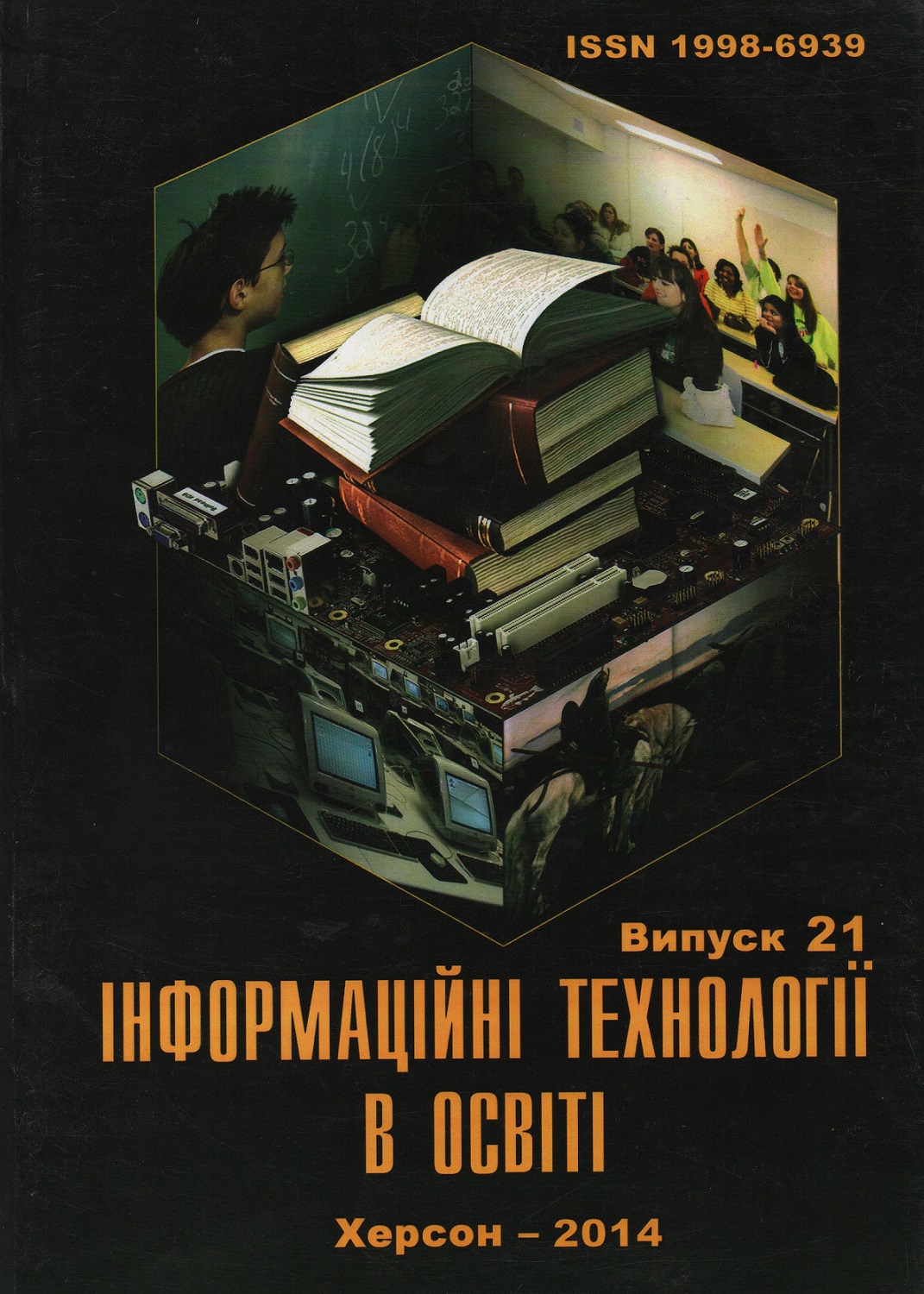MATHEMATICAL PROBLEMS OF INTEGRATIVE CONTENTS
DOI:
https://doi.org/10.14308/ite000507Keywords:
problems of integrative content, integrative knowledge, mathematical model of the problem, the content of educational problem, program in Maple, algorithm, programAbstract
The tasks of integrative content requires the use of knowledge and skills on various themes both one discipline and different disciplines. Mostly in the classroom (or in homework) the tasks on the properties absorption of different concepts using different theories are considered. Thus knowledge within only one discipline is formed, knowledge of the narrow sense (one subject). Such knowledge is "prescriptional", we call it idealized. After all, it is far from models of the real professional problems and problems of life in general, in order to solve them it is necessary to apply knowledge and skills acquired in different themes of the same objects,life experience.
Practical formation of integrative knowledge requires statement of the educational problems before the subjects of studying, the problems within the "narrow objectivity" can not be resolved at all, or such kind of solving is too difficult to solve, for example, the nature and the context of solving problems (scientific approaches to solving problems, creating mathematical models,methods for solving such models, means of solving, application of methods, analysis of the models solution and the right choice, the inspection of solutions, etc.) will sink in the conglomeration of technical operations.
The problems with integrative content are usually more complicated than the problems of "narrow objectivity." In our problems the index of such difficulty is the essence of educational content, which is disclosed in the previous paragraph.The problems solution proposed in this article requires knowledge of the structural geometry (circle construction, touching two or three laps): with analytic geometry (method of coordinates on the plane; the distance between two points on the coordinate plane); algebra (system drawing irrational equations, method for solving such system, the solution of the system, analysis of the results and the right choose of the desired solution for found criterion, testing of the solution system, the notion of vector and its coordinates); on mathematical analysis and algebra in school course with advanced study of mathematics or specialized colleges (concept of infinite numerical sequence and its convergence, the rules of convergence in infinite sequences of numbers, the concept of numerical range and its convergence, the rules of numerical series convergence,calculations of members of infinite and partial sums of the numerical series with pre-specified accuracy); with Maple (organization of linear programs, organization of cycles, conditional branches, the concept of sets and lists and work with them, solving systems of nonlinear equations,the construction of drawings in program mode, the syntax of Maple, creation of the program in
accordance with the method of solving the problem in general, the mathematical model and its solution method, criterion for selection of the desired solution models, conditions and parameters of the original problem.
Solving problems of the integrative content forms integrative knowledge as knowledge of a higher level compared with a simple set of one discipline knowledge, develops search and research skills, creativity, generates creative potential, mathematical and information culture of a subject of study. Such problems are not resolved by typical methods and the same typical algorithms, it is necessary to find a way to create a solution and the corresponding algorithm for each of them.
Downloads
Metrics
References
1. Аладьев В.З. Основы программирования в Maple. – Таллин: 2006. – 301 с.
2. Биков В.Ю. Моделі організаційних систем відкритої освіти. – К.: «Атака». – 2009. –684 с.
3. Выготский М.Я. Справочник по высшей математике. – М.: Физико-математической литературы, 1959. – 783 с.
4. Выготский М.Я. Справочник по элементарной математике. – М.: Наука, 1965. – 424 с.
5. Жалдак М.І. Математика (алгебра і початки аналізу) з коп’ютерною підтримкою / М.І. Жалдак, А.В. Грохольська, О.Б. Жильцов. – К.: МАУП, 2003. – 304 с.
6. Ковалев А.Г. Психология личности. – М.: Просвещение, 1970. – 391 с.
7. Кушнір В.А. Конструювання навчальних завдань з математики: математичні моделі, алгоритми, програми // Інноваційні технології в освіті. – Випуск 18. – 2014. – C. 030-041.
8. Кущнір В.А. Моделі навчальних ситуацій у світлі сучасної освіти // Математика в сучасній школі. – 2013. –№ 2. – С. 31 – 36.
9. Талызина Н.Ф. Управление процессом усвоения знаний. – М.: Издательство Московського университета. – 1975. – 344 с.
10. Фокин Ю.Г. Теория и технология обучения. – М.: Академия, 2006. – 240 с.
11. Шкіль М.І. Математичний аналіз. – Ч. 1. – К.: Вища школа, 1978. – 382 с.
</uk>
<en>
1. Aladev V.Z. Osnovyi programmirovaniya v Maple. – Tallin: 2006. – 301 s.
2. Bikov V.Yu. ModelI organIzatsIynih sistem vIdkritoYi osvIti. – K.: «Ataka». – 2009. –684 s.
3. Vyigotskiy M.Ya. Spravochnik po vyisshey matematike. – M.: Fiziko-matematicheskoy literaturyi, 1959. – 783 s.
4. Vyigotskiy M.Ya. Spravochnik po elementarnoy matematike. – M.: Nauka, 1965. – 424 s.
5. Zhaldak M.I. Matematika (algebra I pochatki analIzu) z kop’yuternoyu pIdtrimkoyu / M.I. Zhaldak, A.V. Groholska, O.B. Zhiltsov. – K.: MAUP, 2003. – 304 s.
6. Kovalev A.G. Psihologiya lichnosti. – M.: Prosveschenie, 1970. – 391 s.
7. KushnIr V.A. Konstruyuvannya navchalnih zavdan z matematiki: matematichnI modelI, algoritmi, programi // InnovatsIynI tehnologIYi v osvItI. – Vipusk 18. – 2014. – C. 030-041.
8. KuschnIr V.A. ModelI navchalnih situatsIy u svItlI suchasnoYi osvIti // Matematika v suchasnIy shkolI. – 2013. –# 2. – S. 31 – 36.
9. Talyizina N.F. Upravlenie protsessom usvoeniya znaniy. – M.: Izdatelstvo Moskovskogo universiteta. – 1975. – 344 s.
10. Fokin Yu.G. Teoriya i tehnologiya obucheniya. – M.: Akademiya, 2006. – 240 s.
11. ShkIl M.I. Matematichniy analIz. – Ch. 1. – K.: Vischa shkola, 1978. – 382 s.
</en>
Downloads
Published
How to Cite
Issue
Section
License
This work is licensed under a Creative Commons Attribution-NonCommercial-ShareAlike 4.0 International License.






























